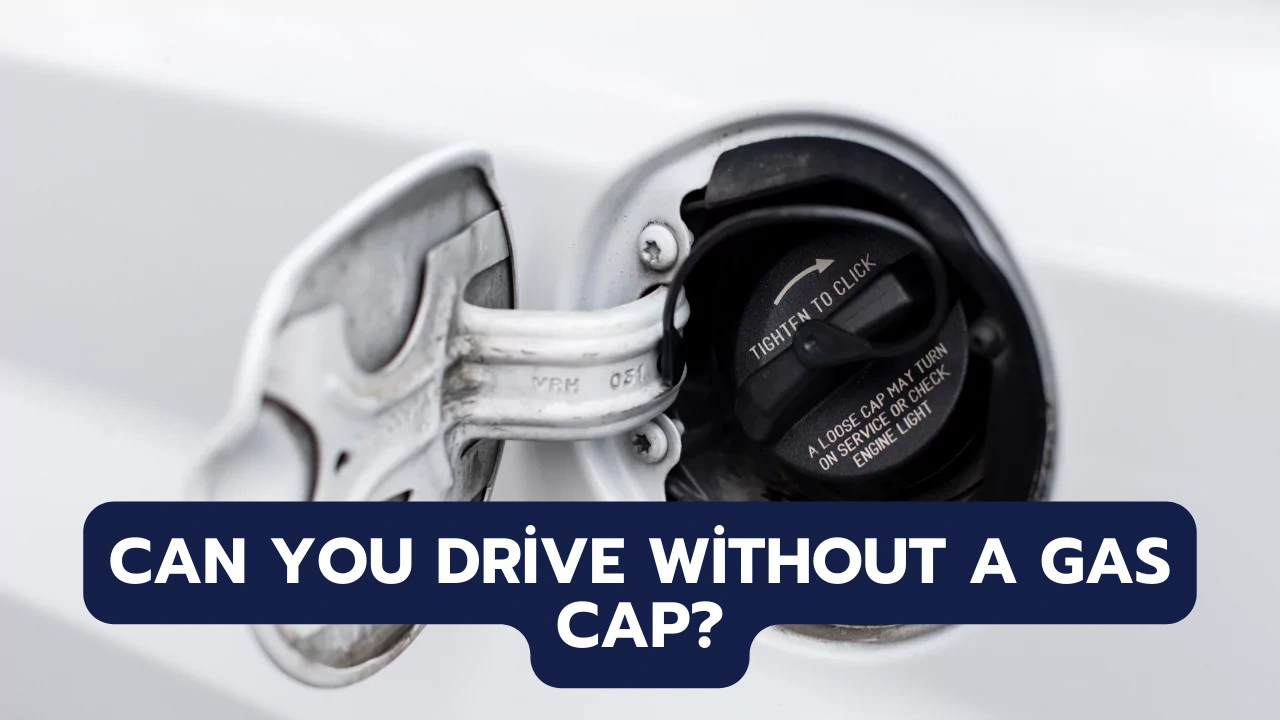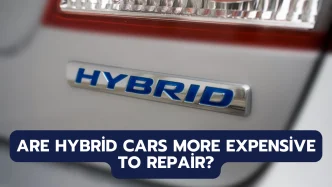The gas cap may seem like a small, inconsequential part of your vehicle, but it serves crucial functions that help maintain your car’s efficiency and performance. If you’ve ever left the gas station and realized that the cap is missing, you might wonder if it’s safe to keep driving. In most cases, you can continue to drive, but it’s not without consequences. While you won’t see gas gushing out of the tank or face immediate danger, the longer you drive without a gas cap, the more likely you’ll experience issues that can lead to costly repairs or reduced vehicle efficiency.
Let’s explore the potential problems, risks, and the importance of replacing your gas cap as soon as possible.
Can You Drive Without a Gas Cap?
The short answer is yes, you can drive without a gas cap, but it’s not ideal. If your gas cap warning light turns on, it might be a simple issue like the cap not being properly tightened. However, if the cap is missing entirely, there are a few things you should know about how your car might respond.
In some vehicles, instead of just the gas cap warning light, the check engine light might illuminate. This is because the vehicle’s onboard diagnostics system detects a problem in the fuel system. In certain cars, this can trigger what is known as “limp-home mode.” This safety feature restricts the vehicle to lower gears and reduced speeds, making it difficult to drive normally.
Despite these inconveniences, the good news is that your fuel won’t spill out of the tank due to a flapper valve built inside the filler neck. This valve is designed to prevent fuel from splashing or spilling out, minimizing any immediate fire hazard. However, the absence of a gas cap still leads to other problems that shouldn’t be ignored.
How Does a Flapper Valve Work?
The flapper valve acts as a barrier to keep fuel inside the tank when the gas cap is missing. It essentially seals the opening to prevent gasoline from splashing out during normal driving conditions. This design is a safety measure to ensure that a missing gas cap doesn’t immediately lead to fuel leakage, which could pose a fire risk. But while the flapper valve helps with safety, it doesn’t solve the other problems that arise from driving without a gas cap.
Why a Gas Cap is Important
1. Decreased Fuel Efficiency
One of the primary roles of a gas cap is to prevent fuel evaporation. When the cap is missing, fuel vapors can escape from the tank. While this doesn’t lead to fuel pouring out, over time, the evaporation of gasoline can reduce your vehicle’s fuel efficiency. This means you’ll be spending more money on gas without even realizing it.
Moreover, the evaporated fuel releases harmful hydrocarbons into the atmosphere. These emissions contribute to air pollution and environmental damage, making it a problem not just for your wallet but also for the environment.
2. Engine Contamination Risks
Your gas cap doesn’t only keep fuel in — it also keeps contaminants out. Without a gas cap, dirt, debris, and moisture can enter the fuel tank. These contaminants can eventually make their way into the engine and fuel system. Over time, this can lead to:
- Clogged fuel injectors
- Decreased engine performance
- Potential engine damage
What starts as a small, seemingly insignificant issue can escalate into an expensive trip to the repair shop if contaminants cause serious engine problems.
3. Failing Emissions Tests
If you live in a region where vehicles are subject to emissions testing, a missing gas cap can cause an automatic failure. Modern vehicles have evaporative emission control systems (EVAP) designed to prevent fuel vapors from escaping. When the system detects a missing gas cap, it registers a fault that can lead to an emissions test failure.
To avoid this, ensure you have a replacement gas cap before taking your vehicle for inspection. Failing an emissions test not only delays the renewal of your vehicle registration but might also require additional repairs or diagnostics, increasing costs.
Replacing the Gas Cap: What You Need to Know
Choosing the Right Gas Cap
When it comes to replacing your gas cap, you’ll want to make sure you get the correct one for your vehicle. Here’s how to go about it:
- Check your owner’s manual for the specifications of the gas cap your vehicle requires.
- Alternatively, you can search online or visit an auto parts store to find the appropriate cap based on your car’s make, model, and year.
- Most replacement gas caps are relatively inexpensive, typically costing $20 or less.
Installing the New Gas Cap
Once you have your replacement gas cap:
- Screw the cap onto the fuel tank opening until you hear a click, which indicates it’s securely fastened.
- After installing the new cap, the gas cap warning light or check engine light may not turn off immediately. In many cases, the system will reset after driving approximately 100 miles.
If the light remains on even after this, it may indicate a more serious issue within the fuel system, and you should consult a mechanic for further diagnostics.
What If the Light Won’t Turn Off?
In some instances, the gas cap warning light persists even after installing a new cap. This could be due to:
- A faulty sensor in the fuel system
- A leak in the EVAP system
- A problem with the check engine light circuit
A professional mechanic can perform a diagnostic test to identify the exact cause and recommend the necessary repairs.
What happens if I drive without a gas cap for a long time?
Driving without a gas cap for an extended period can lead to decreased fuel efficiency, engine contamination from debris and dirt, and potential failure of emissions tests. While your car won’t immediately break down, prolonged driving without a gas cap can result in costly repairs.
Can a missing gas cap damage my engine?
Yes, a missing gas cap can allow contaminants like dirt and moisture to enter the fuel tank. Over time, this can lead to clogged fuel injectors, reduced engine performance, and potential engine damage.
Will the check engine light turn off on its own after I replace the gas cap?
Usually, the check engine light will turn off after you drive around 100 miles with the new gas cap installed. If it doesn’t turn off, there may be another issue in the fuel system that requires a mechanic’s attention.
Is it illegal to drive without a gas cap?
While it’s generally not illegal to drive without a gas cap, it can cause your vehicle to fail emissions tests, which are required for registration in many regions. It’s best to replace the gas cap promptly to avoid compliance issues.
Can I use any gas cap as a replacement?
No, you should use a gas cap designed specifically for your vehicle’s make, model, and year. Using the wrong gas cap can lead to improper sealing and further issues with your fuel system.
How much does a replacement gas cap cost?
A replacement gas cap typically costs between $10 and $20, depending on the vehicle model and where you purchase it. Some specialized gas caps may cost slightly more.
Can I make a temporary gas cap?
It’s not recommended to create a temporary gas cap. Makeshift caps may not seal properly, allowing fuel vapors to escape or contaminants to enter. It’s best to get a proper replacement as soon as possible.
How do I know if my gas cap is causing the check engine light to turn on?
A loose or missing gas cap is a common reason for the check engine light to turn on. If you recently filled your tank and the light appeared, check if the gas cap is secure. Tightening it often resolves the issue. If not, a diagnostic test can confirm the cause.













